Proposed peat mine near Lake Winnipeg sparks concern
Read this article for free:
or
Already have an account? Log in here »
To continue reading, please subscribe:
Monthly Digital Subscription
$0 for the first 4 weeks*
- Enjoy unlimited reading on winnipegfreepress.com
- Read the E-Edition, our digital replica newspaper
- Access News Break, our award-winning app
- Play interactive puzzles
*No charge for 4 weeks then price increases to the regular rate of $19.00 plus GST every four weeks. Offer available to new and qualified returning subscribers only. Cancel any time.
Monthly Digital Subscription
$4.75/week*
- Enjoy unlimited reading on winnipegfreepress.com
- Read the E-Edition, our digital replica newspaper
- Access News Break, our award-winning app
- Play interactive puzzles
*Billed as $19 plus GST every four weeks. Cancel any time.
To continue reading, please subscribe:
Add Free Press access to your Brandon Sun subscription for only an additional
$1 for the first 4 weeks*
*Your next subscription payment will increase by $1.00 and you will be charged $16.99 plus GST for four weeks. After four weeks, your payment will increase to $23.99 plus GST every four weeks.
Read unlimited articles for free today:
or
Already have an account? Log in here »
Hey there, time traveller!
This article was published 16/11/2024 (384 days ago), so information in it may no longer be current.
Property owners on the western shore of Lake Winnipeg want the Manitoba government to address environmental and infrastructure concerns from peat harvesting in the area before approving a proposed mine.
SunGro Horticulture, the largest peat producer in North America, operates 25 peat mines across the continent, including several in Manitoba’s Washow Bay region on the western shore of Lake Winnipeg. The company is seeking environmental approval to mine an additional 8.5 square kilometres of Interlake wetlands over the next 40 years.
Intact peatland near Wekusko in 2020 (Supplied / Eric Reder)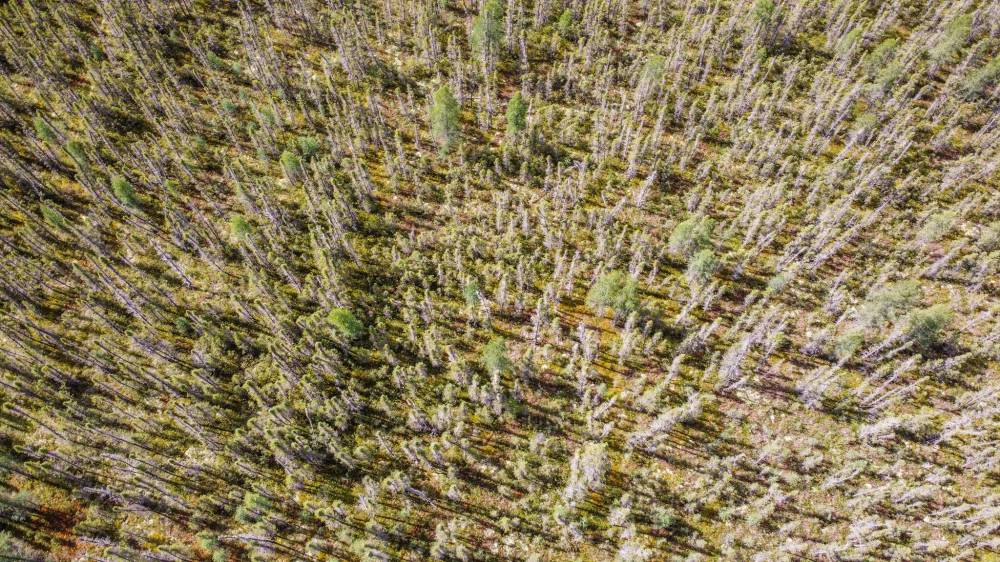
Joan Buss, a permanent resident of the Little Deer cottage community, said mining has caused extensive damage to the community highway, released peat and other sediment into the lake and sparked a wildfire that destroyed six cottages.
“I’m not anti-development; I’m not anti-economy,” Buss said.
“But don’t make me suffer for the road, don’t make me suffer for lost property value, don’t make all Manitobans suffer by polluting the lake. If all these problems got addressed and the peat mines were able to keep operating, I’d be OK with that.”
Buss and other residents want the government to introduce stricter environmental licence conditions on SunGro and other peat producers to mitigate the damage but feel their concerns have not been addressed.
They worry more mining will exacerbate the effect.
SunGro proposes to expand its Julius Lake mine and create a new mine in the Sugar Creek bog, a little more than 10 kilometres from the lake. The Sugar Creek mine would employ 20 people “once harvesting scales up,” company documents say.
Construction of the peat mine in 2013. (Supplied / Eric Reder)
SunGro did not respond to a request for comment.
Forests are cleared, as seen here in 2013, in order to harvest peat held in the ground. (Supplied / Eric Reder)
Concerned residents are urging Manitoba’s environmental approvals branch to decide against the new mine — at least until their concerns are addressed. Public comments on the proposal close Nov. 18. A petition to stop the expansion of peat mining in the area and introduce a moratorium on new licences has more than 650 signatures.
Peat is a carbon-rich accumulation of moss and other organic material that forms as plants decompose in sodden bogs. Peatlands cover about one-third of Manitoba, and more than 1.13 million square kilometres across Canada.
The United Nations Environment Program says peatlands are among nature’s most productive carbon sinks, meaning they store more carbon than they release. As the world’s largest peat producer, Canada exports approximately 1.3 million tonnes of peat annually. Peat production directly employs about 300 Manitobans and contributes approximately $113 million to the provincial gross domestic product, a provincial spokesperson said.
Construction of the peat mine in 2013. (Supplied / Eric Reder)
To harvest the moss, producers must clear-cut forests and drain wetlands before dried peat can be vacuumed off the surface.
As peat is extracted, the plant matter starts to decompose and release stored carbon. In 2021, Environment Canada pegged national carbon emissions from peat production at about 2.1 million tonnes — equivalent to consuming almost five million barrels of oil.
“We have more peat bogs than most countries in the world and we have a responsibility to take care of them,” said Eric Reder, director of the Manitoba chapter of the Wilderness Committee.
“It’s wishful thinking from extractive industry that they can extract this much carbon, put it out into the climate and everything will be fine in the future.”

When Ken Buechler bought his Pebblestone Beach cottage in the early 2010s, he was sold on a pristine, forested cottage area with access to a sandy beach.
“What they didn’t tell us is there were all these outstanding peat leases,” Buechler said.
Pebblestone Beach at Washow Bay in 2017, before peat accumulation. (Brock Huebner photo)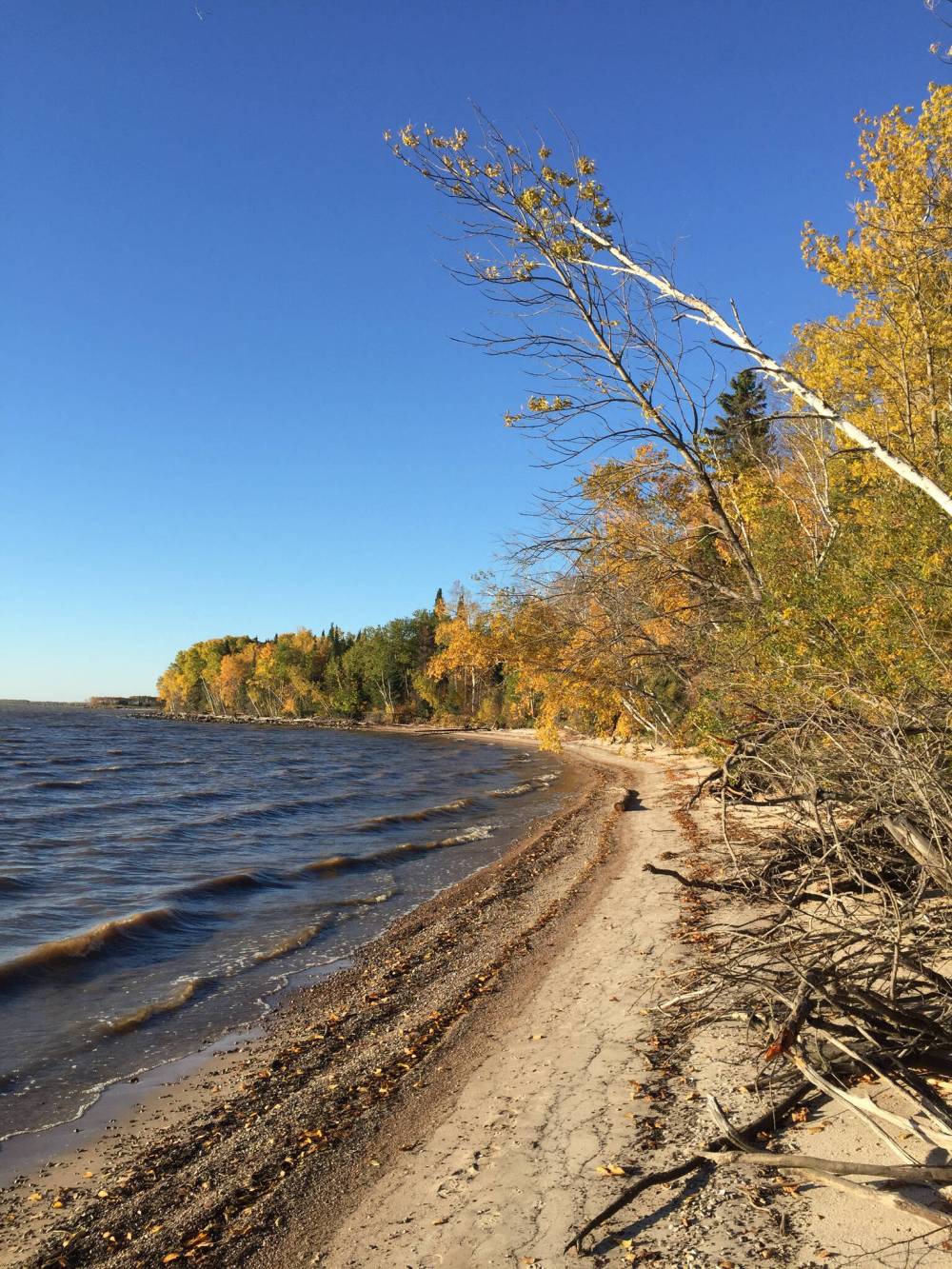
Manitoba has mined its peatlands for more than 80 years, but mining in the swampy Interlake region boomed in anticipation of a provincial moratorium on harvesting licences in 2011. The moratorium was in place from 2011 to 2015, though licence applications under consideration when the ban took effect were ultimately approved.
As new peat mines were proposed for the Washow Bay peninsula, home to some 250 cottages and several provincial parks, including Beaver Creek and Hecla-Grindstone, some residents and cottagers pushed back.
“The group here has basically appealed and opposed every one of these things unsuccessfully,” Buechler said.
In nearby Little Deer, Buss said increased truck traffic made the road almost impassable. Residents, meanwhile, have noted peat accumulation at several beaches, creeks and waterways, including in Beaver Creek park. When they asked Manitoba’s environmental regulators to investigate the peat accumulation on the shoreline and provide data about the impact of peat harvests on water quality, Pebblestone Beach resident Brock Huebner said they were told to file freedom of information requests.
Peat accumulation and algae on the beach at Washow Bay. (Brock Huebner photo)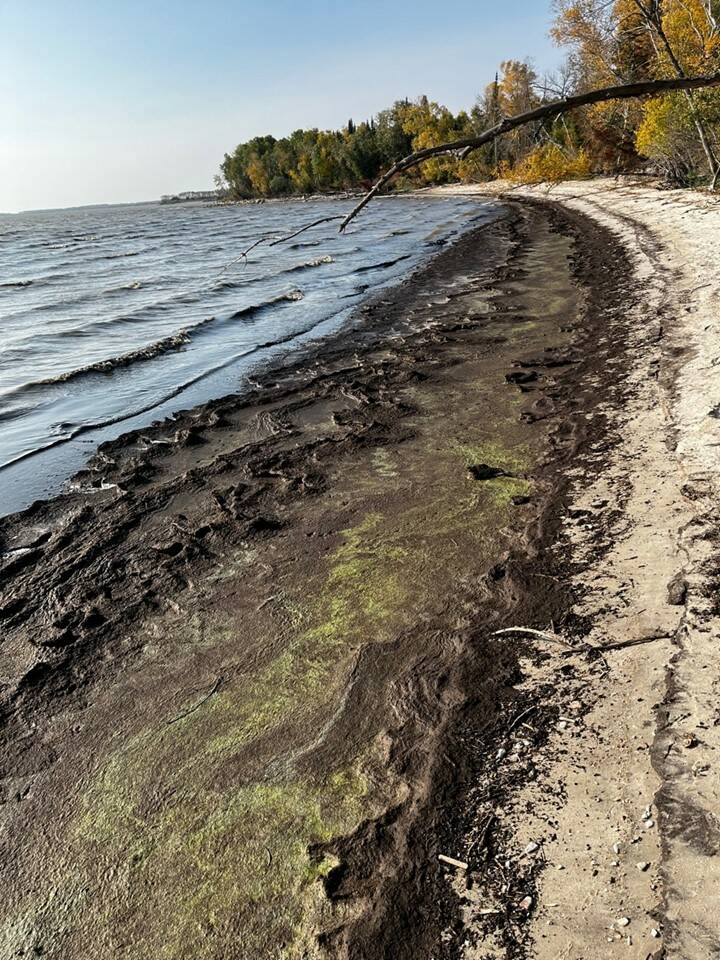
The most severe impacts came in summer 2020, when a fire at a SunGro peat mine spread into Beaver Creek park, destroying six cottages and stranding residents behind an RCMP blockade for two days.
“Nobody could get any information on how they were doing, fighting the fire. We had no hydro, we had no phones. We’re not even sure if the government knew we existed,” Buss said.
Residents say they still don’t know what mitigation measures the company has taken to prevent another fire.
A provincial statement said Manitoba is not considering a moratoriums on peat mining.
The province’s peatland stewardship legislation, introduced in 2015, instead allows the government to designate “provincially significant peatlands” as protected areas. In 2023, the province designated the first two protected peatlands, Moswa Meadows and Fish Lake Fen, which encompass 280 square kilometres and store more than eight million tonnes of carbon.
Intact peatland near Wekusko in 2020 (Supplied / Eric Reder)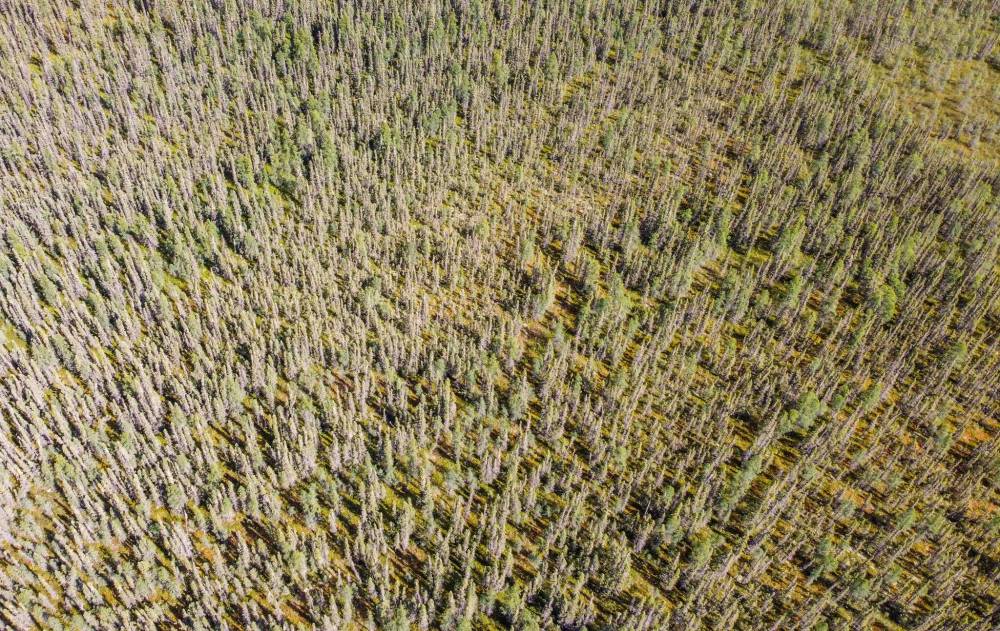
Peat producers are required to develop climate change adaptation measures and an emissions reduction strategy, and to provide annual emissions reporting, the provincial spokesperson said.
“Examples of (greenhouse gas) emissions mitigation measures used by peat harvesting companies include minimizing land clearing, progressively restoring harvested areas, high standards of vehicle maintenance and limiting vehicle idling,” the statement said.
An aerial view of intact peatlands in 2013 (Supplied / Eric Reder)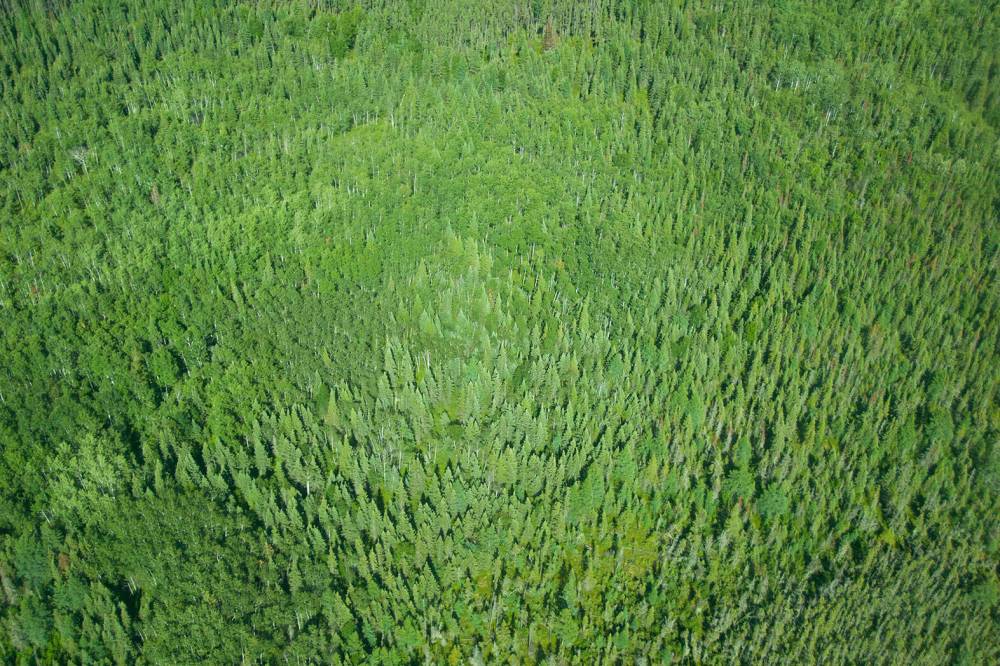
Residents of Washow Bay say the mitigation measures aren’t working.
In addition to a moratorium on new peat licences near Lake Winnipeg, residents want the province to analyze the cumulative effect of mining in the area and tighten the conditions on existing licences. Above all, they want better communication from the province about the effect of peat mining on their air, land and water.
“If they allow this new mine, we’re going to see more pollution on the beach, we’re going to see the local wildlife stressed even more and we’re going to see really bad outcomes on the highway,” Huebner said. “I’d like to see it halted.”
julia-simone.rutgers@freepress.mb.ca

Julia-Simone Rutgers is the Manitoba environment reporter for the Free Press and The Narwhal. She joined the Free Press in 2020, after completing a journalism degree at the University of King’s College in Halifax, and took on the environment beat in 2022. Read more about Julia-Simone.
Julia-Simone’s role is part of a partnership with The Narwhal, funded by the Winnipeg Foundation. Every piece of reporting Julia-Simone produces is reviewed by an editing team before it is posted online or published in print — part of the Free Press‘s tradition, since 1872, of producing reliable independent journalism. Read more about Free Press’s history and mandate, and learn how our newsroom operates.
Our newsroom depends on a growing audience of readers to power our journalism. If you are not a paid reader, please consider becoming a subscriber.
Our newsroom depends on its audience of readers to power our journalism. Thank you for your support.
History
Updated on Sunday, November 17, 2024 11:07 AM CST: Corrects land area of peatlands.
Updated on Monday, November 18, 2024 11:27 AM CST: Adds full name, clarifies photo caption
